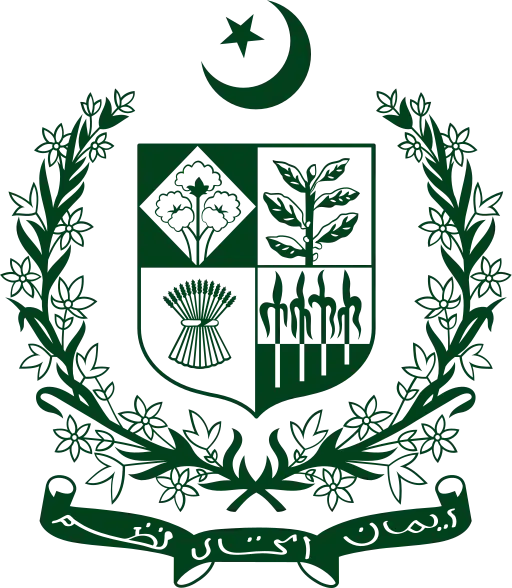| Marri-Bugti Country | |
|---|---|
| Autonomous Chieftain of Baloch | |
| 1877–14 October 1955 | |
 Map of Pakistan with Marri-Bugti Country highlighted | |
| Capital | Sibi |
| Area | |
• | 7,129 km2 (2,753 sq mi) |
| History | |
• Established | 1877 |
• Disestablished | 14 October 1955 |
| Today part of | Pakistan |
 |
| This article is part of the series |
| Former administrative units of Pakistan |
|---|
Marri-Bugti Country (Marri and Bugti Country) was a tribal region during the period of British colonial rule in Baluchistan. Marris and Bugtis are the strongest Baloch tribes in the Balochistan. The Marris occupied 8,460 square kilometres (3,268 sq mi) in the north, while the Bugtis occupied 10,000 square kilometres (3,861 sq mi) in the south. Today, the region is divided into three districts: Kohlu, Dera Bugti and Sibi.[1]
History
The Marris and Bugtis first met the British when a Major Billamore entered their territory during the First Anglo-Afghan War. In April 1840, Captain Lewis Brown was sent to occupy Kahan but surrendered to Marri Chief Doda Khan five months later. Meanwhile, Bugtis had trouble with Sir Charles Napier and General John Jacob came greater trouble with both tribs. In 1845 after the treaty was signed which shows that both tribes were supported financially by Khan of Kalat.
Population
By 1901, the total population of the Country was around 39,000, of which 19,000 or so were Marri, 18,500 Bugti, and 415 Hindu. Most inhabitants were nomadic.
The Marris were divided into three sub-clans: the Bijarani, Gazaini, Loharani.
The Bugti clans were Pairozani Nothani, Durragh Nothani, Kalpar, Habibani, Mondrani, Shambhani Mareta, Masori and Rahija.
See also
References
- ↑ Dutta, Simanti (2002). Simanti Dutta. ISBN 9788176462365.
Bibliography
- Ahmed, Mukhtar (25 October 2014), Ancient Pakistan - an Archaeological History, ISBN 9781495966439
- (Pakistan), Baluchistan (1979), Balochistan Through the Ages: Geography and history
- (Pakistan), Baluchistan (1907), Baluchistan District Gazetteer Series: Sibi
- Cotton, James Sutherland; Burn, Sir Richard; Meyer, Sir William Stevenson (1908), Imperial Gazetteer of India
- Possehl, Gregory L. (1999), Indus age: the beginnings, ISBN 9780812234176
- World Writers on Pakistan, 1968
- Sarkar, Jayanta; Ghosh, G. C. (2003), Populations of the SAARC Countries: Bio-cultural Perspectives, ISBN 9788120725621
- Stewart, John (1989), Envoy of the Raj, ISBN 9781870304030
- Manchanda, Rita (16 March 2015), SAGE Series in Human Rights Audits of Peace Processes: Five-Volume Set, ISBN 9789351502135
- Census Commissioner, India (1923), Census of India, 1921: Baluchistan
- Dutta, Simanti (2002), Imperial Mappings, ISBN 9788176462365
Further reading
- Report of the Indian Statutory Commission ... By Great Britain Indian Statutory Commission, John Allsebrook Simon Simon
- Balochistan Through the Ages: Selection from Government Record. By Baluchistan (Pakistan)
- Matheson, Sylvia A. The Tigers of Baluchistan. London: Arthure Barker Limited (1967). Reprint: Oxford University Press, Karachi (1998), ISBN 0-19-577763-8.